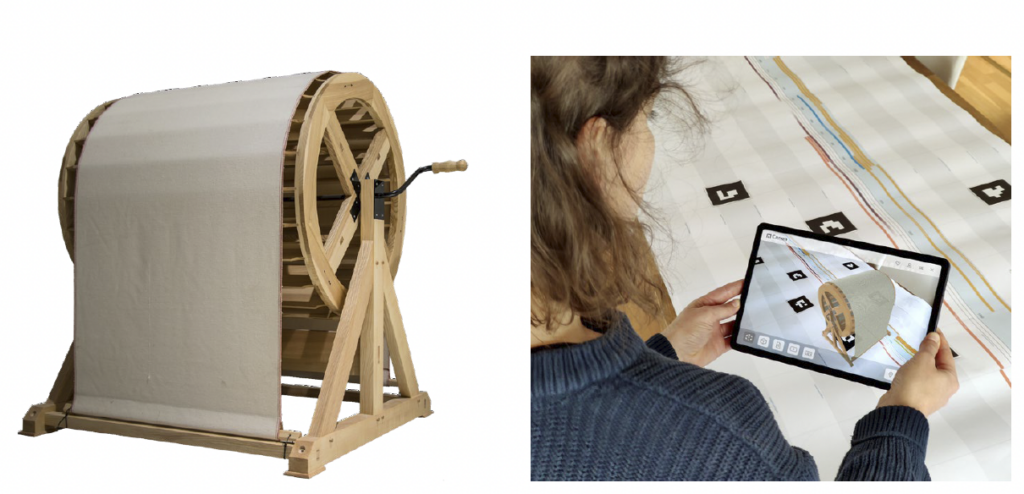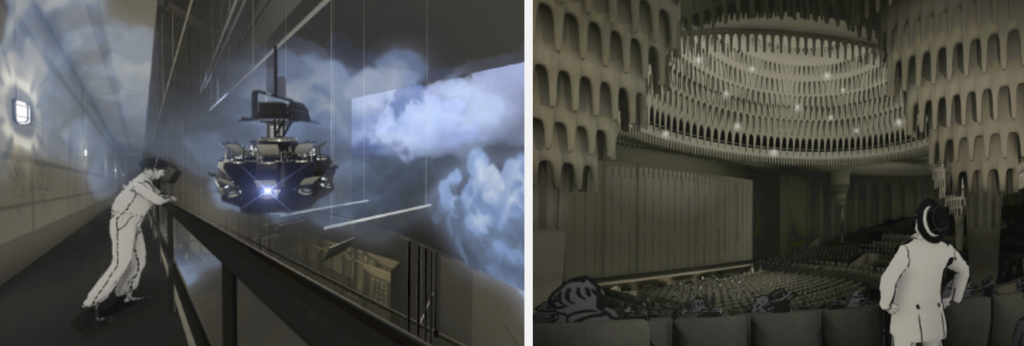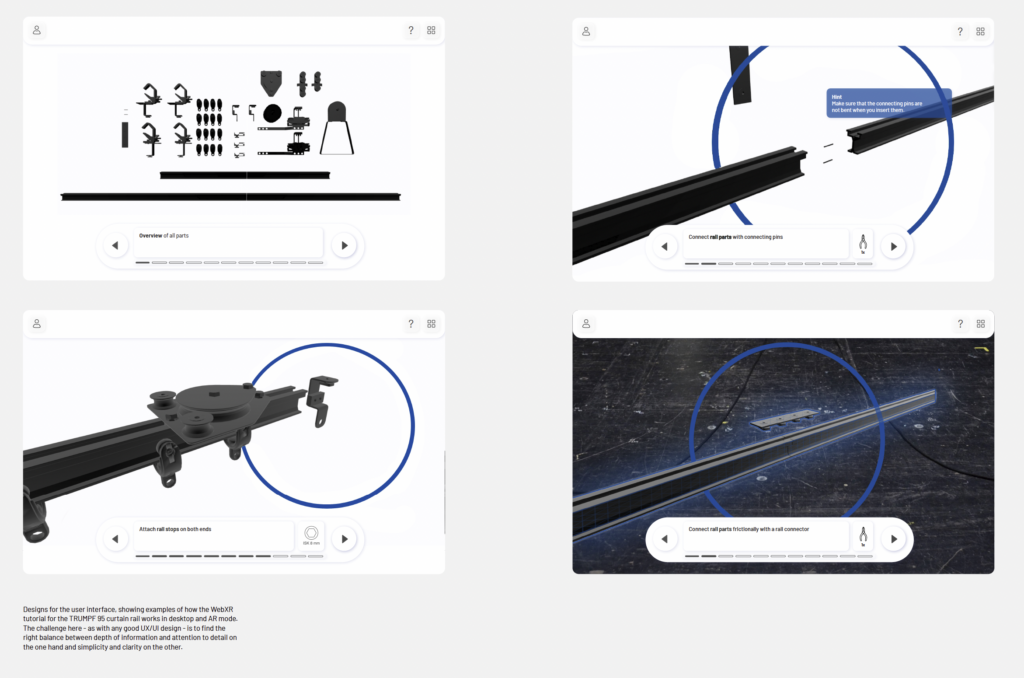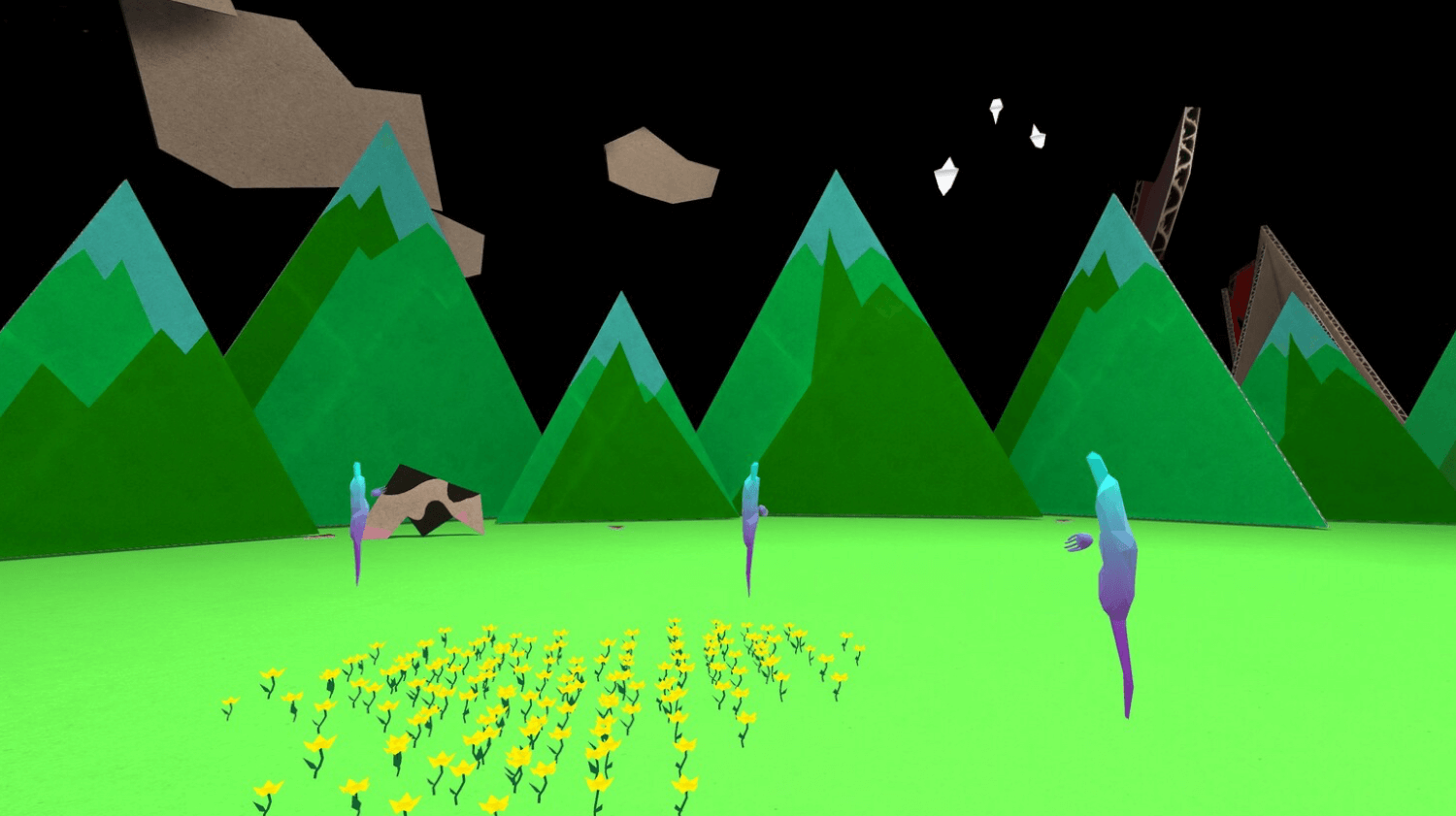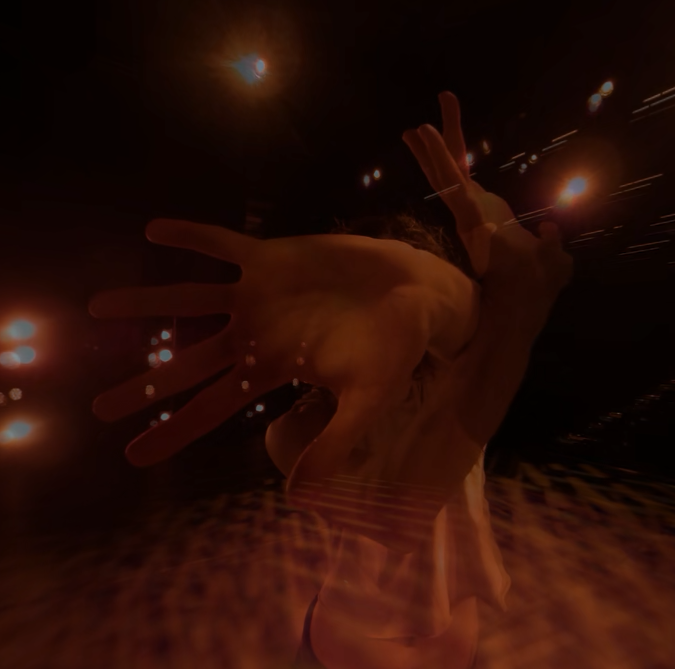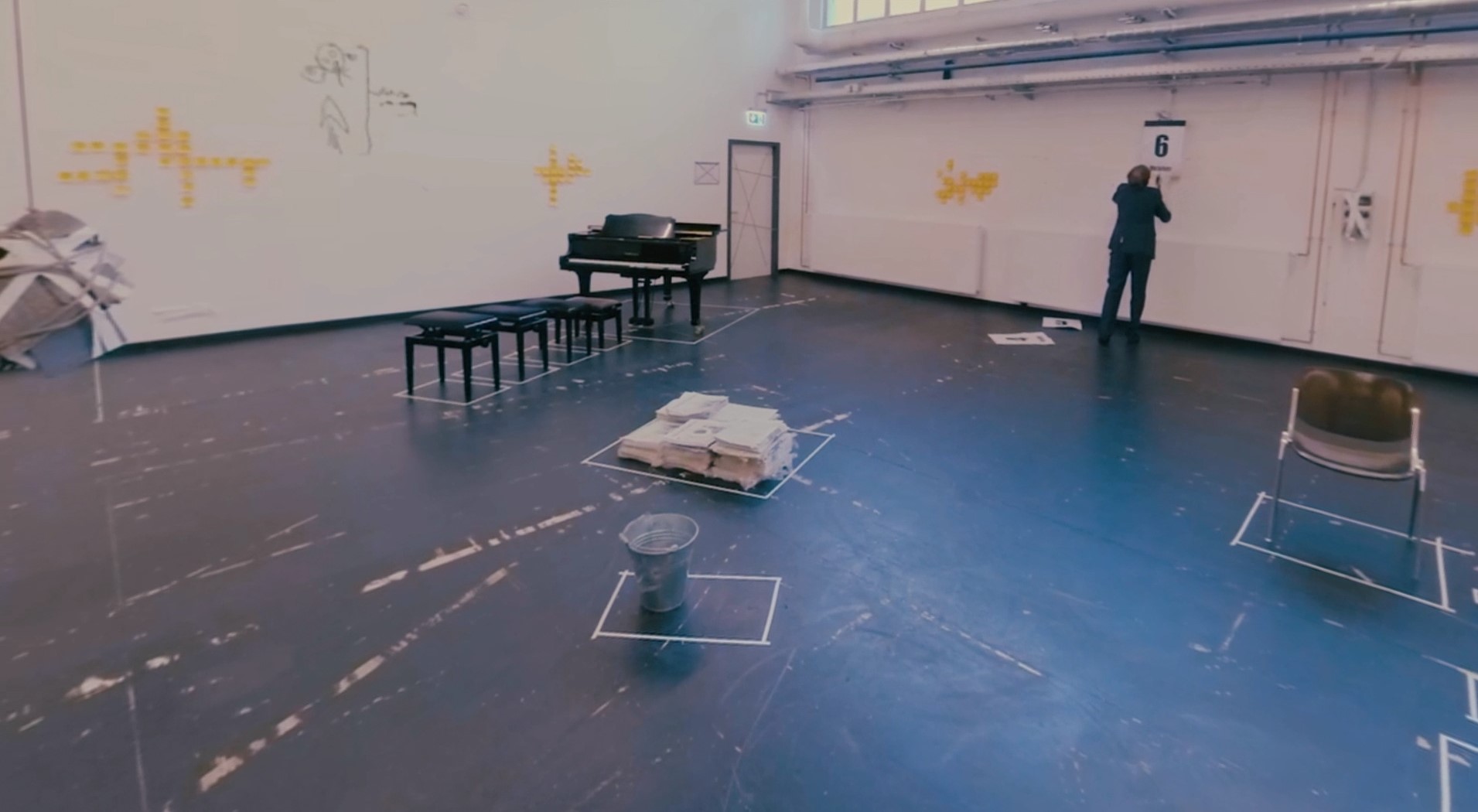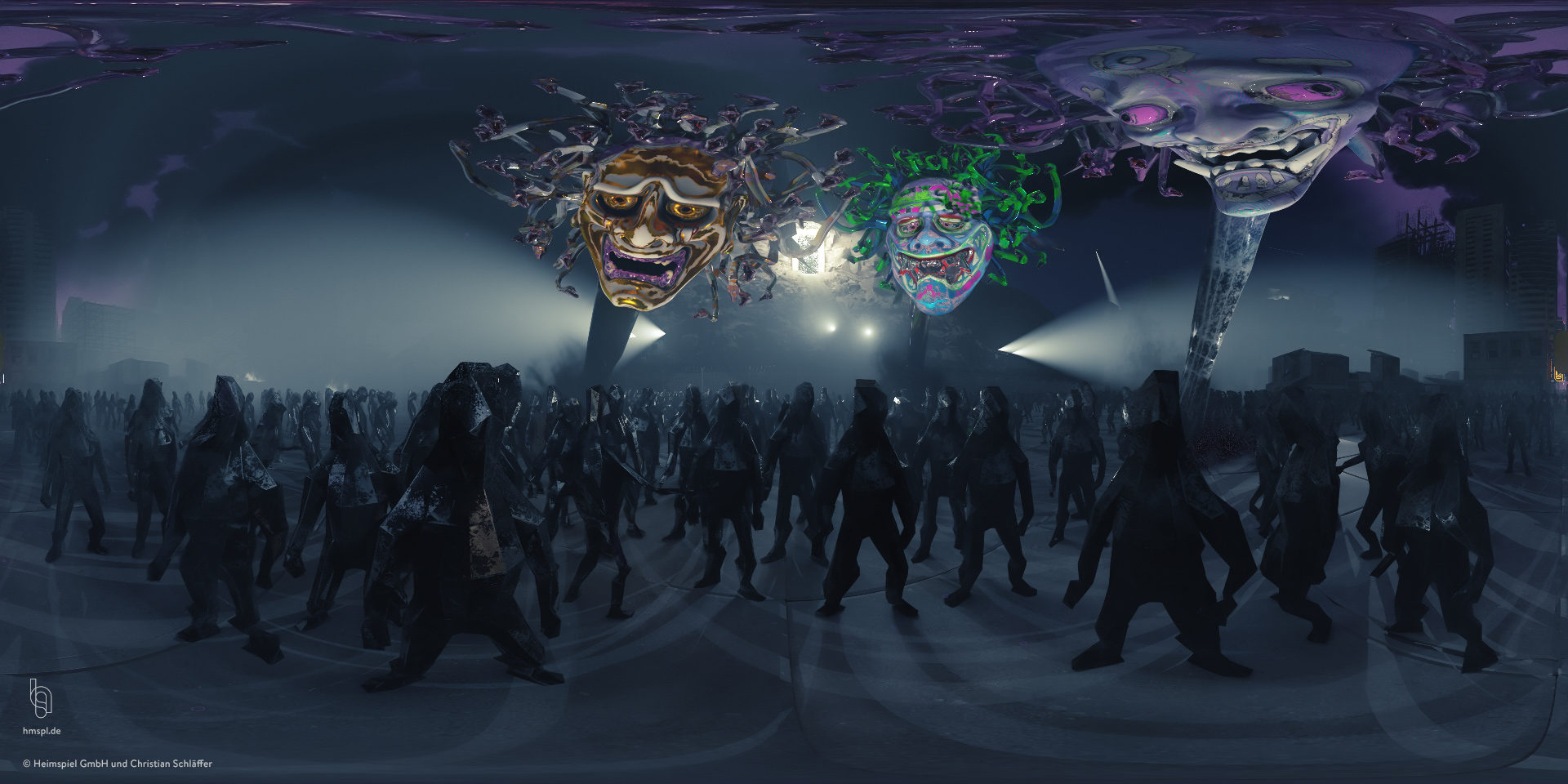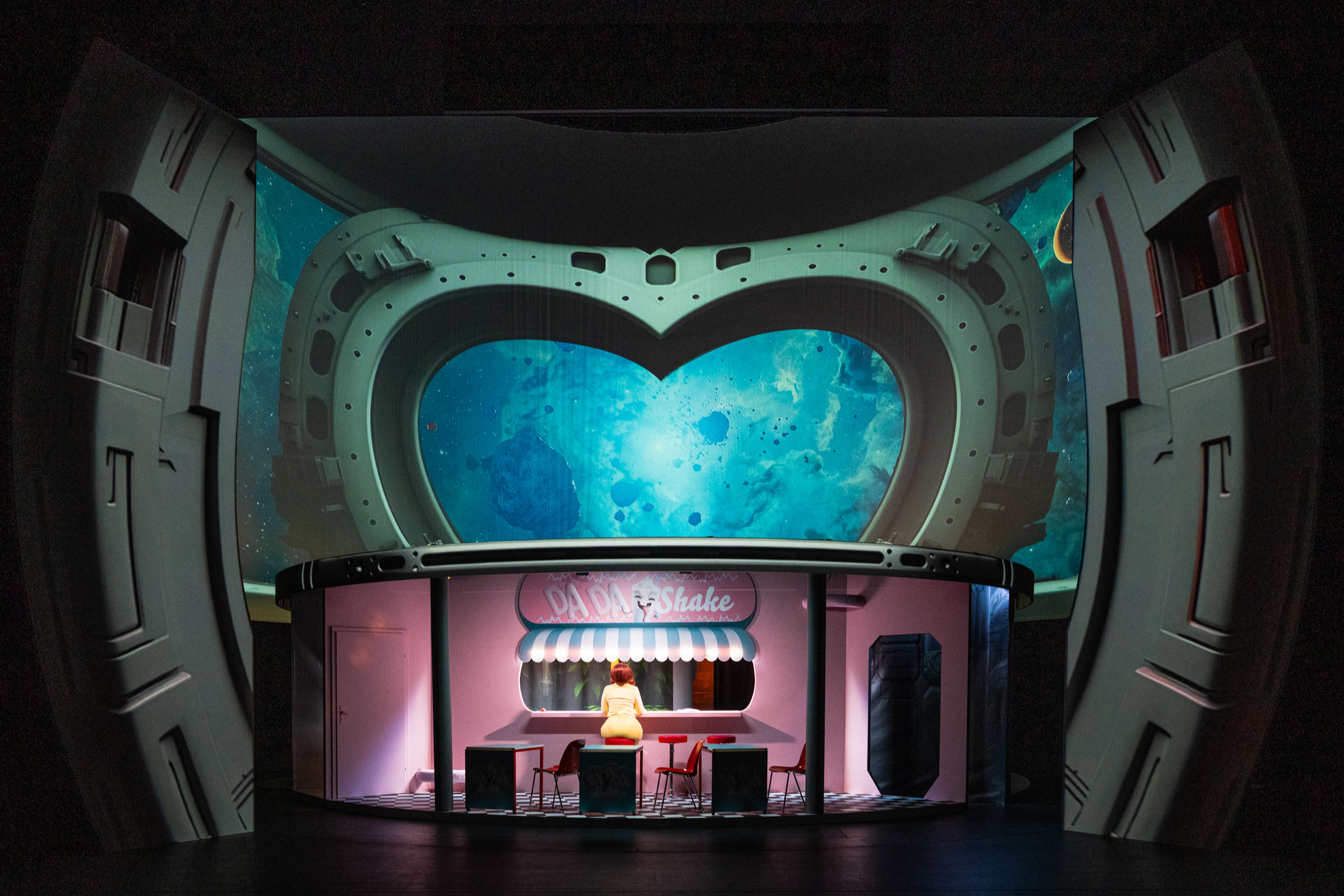In recent weeks, I have drawn inspiration from captivating articles, podcasts, conversations, and theatre performances, gaining numerous fascinating insights into the context of digitisation in the theatre. As I began my research without a clear direction, I formulated three guiding questions to systematically delve into the subject. With the aim of providing an overview of the gathered information and my research process, this blog post will summarise and refine the essential contents.
My initial guiding questions covered various aspects, including the future potentials of digital technologies for productions, accessibility in the theatre, and digital tools for more efficient communication and organisation within the theatre and across different departments.
My research commenced with the digital enhancement of theatre productions, uncovering numerous projects. The theatre realm is a creative sphere where experimentation with newly developed digital techniques is constant. This ranges from projections on the stage to specially crafted VR experiences, the integration of sensors, motion capturing, AI, smartphones, and interactive audience involvement.
The abundance of projects led to occasional uncertainty about my focus, as explored possibilities were already implemented in various theatre productions.
In a phase of uncertainty about my further research, I dedicated myself to the digitalisation of work processes in the theatre. Conversations with theatre professionals sparked my interest, particularly regarding the intricate organisation of stage designs and costumes. Sustainability in the theatre, gaining significance, especially concerning meticulously planned and produced stage designs and costumes, became a central focus. This prompted me to question whether digitisation could not only enhance processes but also contribute to a more sustainable theatre environment. The attached infographic aided in understanding the interconnection of various theatre departments and served as an ideal starting point for comprehending production processes and discussing potential improvements.

MOOI: Information graphic – Hinter den Kulissen
In my third blog post, I delved intensively into the „Green Book,“ providing suggestions for a sustainable theatre production process. Particularly fascinating were the tips and potential changes for a more sustainable material management and internal communication and organisation. Examples include detailed organisation of storage spaces, notes on environmentally friendly materials, and digital communication with international theatre professionals, reducing travel, saving time, and still ensuring effective collaboration.
After gaining a broad overview of theatre areas with potential for change, I focused in subsequent blog posts on the field of stage design. At that time, this area seemed to offer the greatest potential for digital transformation, encompassing the design process, production, and, most importantly, the stage rehearsal.
The crucial steps where digital tools can contribute to more sustainability and smoother processes are during the design phase, model building for various concepts, and the stage rehearsal. Digital technologies like VR and AR support by providing precise visualisation in actual size, movement in space, and direct adjustments to stage designs. Virtual models promote efficient conceptualisation, improved teamwork, resource efficiency by avoiding physical models, sustainability through eco-friendly software, adaptability, light simulation, and effect optimisation. Additionally, digital models can be archived and reused for future productions, offering ecological and economic advantages.
A fascinating project by DTHG, focusing on the use of VR and AR in the design process of stage designs, captured my attention. The project centered on developing a design process where digital tools were judiciously employed. This included 3D programs for model creation, Mozilla Hubs for digital meetings discussing 3D models in large groups, and VR-Sketch, enabling discussions and construction rehearsals through VR headsets, with the unique feature of live editing of the virtual 3D model during discussions.
Lastly, through this project, I explored additional possibilities for VR and AR, such as enhancing the theatre experience in a museum format, on stage, and as a supportive learning tool in construction training.
Looking back, the comprehensive research into various areas where digitisation is more prevalent has helped me gain a broad overview of the current state of affairs. Returning to the initial question:
Where can a designer improve theatre processes and effectively implement digital technologies?
- In fostering sustainable theatre productions, addressing both material usage and the redesign of work processes.
-> The challenge lies in striking a balance between the creative expression of set and costume designers, the desire to create something unique, and concurrently ensuring the sustainability of the production without solely relying on existing resources - Enhancing the network between theatres at the regional level and individual artists
- Improving the orientation of apprentices in areas where a thorough introduction is challenging due to time constraints, such as in the field of stage construction
- Promoting appreciation for craftsmanship and conveying theatre processes



